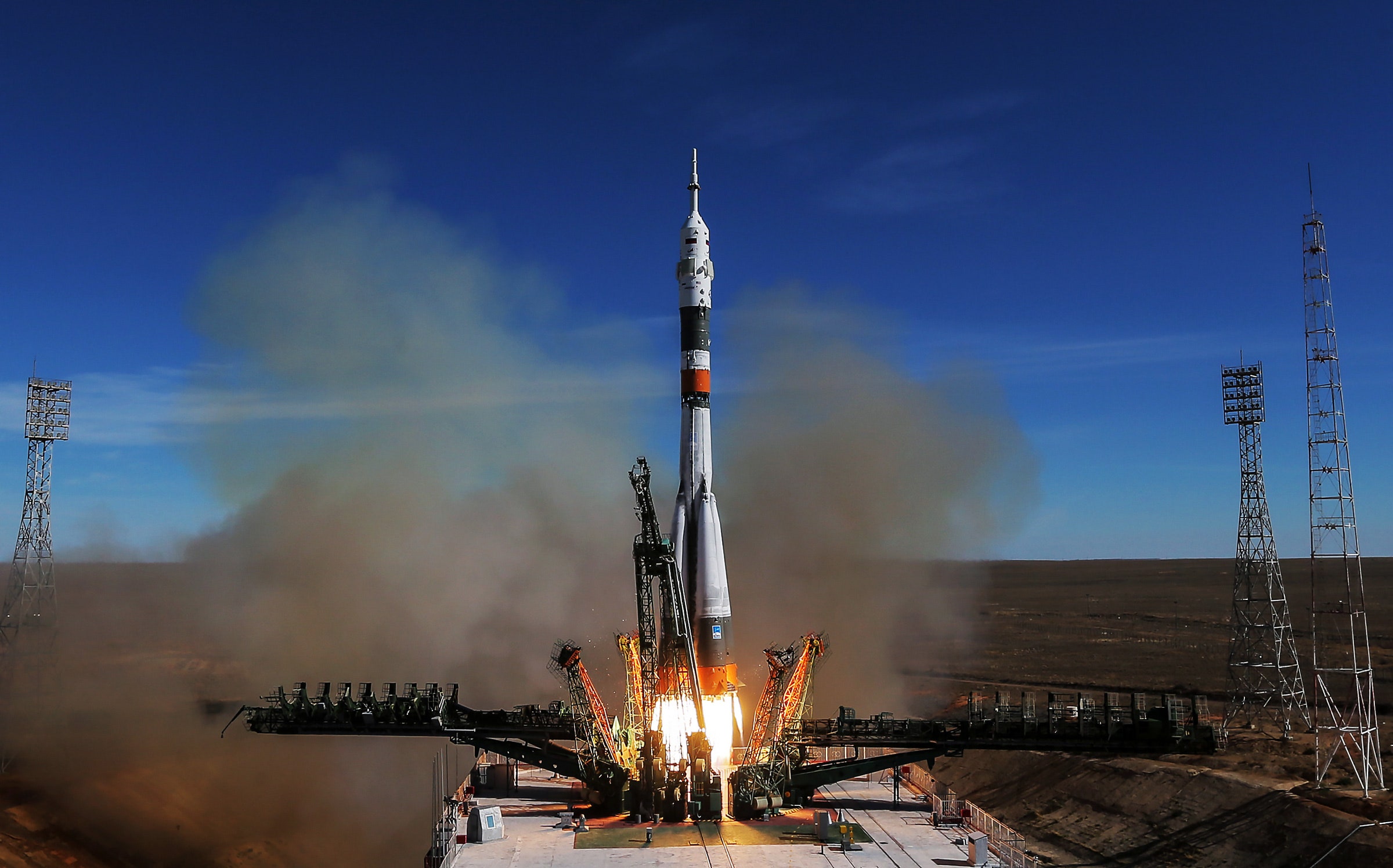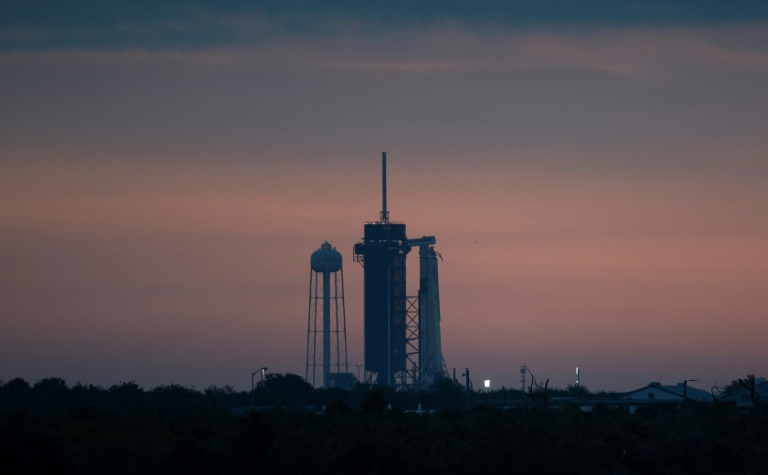The NASA x SpaceX launch to the ISS is the first crewed mission to blast off from US soil in almost a decade and a first for the commercial sector as well. But, is it justified to term it as ‘history made’?
The SpaceX capsule carrying two NASA astronauts docked at the International Space Station on Sunday morning. This has been the first crewed mission to blast off from US soil since the last launch on July 8th, 2011. The more interesting thing is that this is the first spacecraft that is built and operated by a private company to carry humans into orbit.
No doubt, this SpaceX mission has opened up a new chapter in space exploration. It is being termed a ‘history made’. But is this claim justified?
The major stakeholders in this mission are SpaceX and NASA. For SpaceX, it has become the first private company to send man into space. This has paved the way to more commercial flights to space. While the ticket to space isn’t cheap, those with the resources can definitely hop on board.
For NASA, the success of this mission was a matter of life and death. NASA launched its last space mission nearly a decade ago. Since then, NASA astronauts have had to go to the expensive Russian facilities to go to the ISS.
A brief history lesson here.
America and Russia have collaborated in the space since the good ol’ 70’s. This collaboration started with the Apollo-Soyuz test program. After NASA retired its entire fleet of 100 ton orbiters, there was only one way to orbit. That was Russia.
If there’s anything to learn from Rocky IV it is that America and Russia don’t get along well.
History tells the same tale here. Russia has used its spaceflight monopoly to its advantage at all possible instances. The per-round trip ticket cost has only gone up since NASA retired its fleet of spacecrafts.

For a frame of reference, the per astronaut round-trip ticket cost around $21 million in 2008. As of October, the same ticket costs more than $90 million. This is a more than four times increase in the price since 2008.
The projected price of a round-trip per astronaut on a Crew Dragon is just $55 million. This would help NASA neutralize the Roscosmos monopoly and save a lot of money as well. America expects to see Russian astronauts flying on an American spacecraft too.
Another thing that keeps NASA up at night is the amount of taxpayer money invested in the International Space Station. The agency has about $100 billion wound up in the ISS, in a 250 mile orbit. It costs NASA around $3 – $4 billions to run experiments at ISS and supply cargo.
Since 2011, ISS has had a very minimal crew, doing experiments while looking after the maintenance as well. The main reason is that Soyuz only has a three person capacity and seats two NASA astronauts at most. This is a major decrement from the 7 seater space shuttles used by NASA.
The SpaceX Crew Dragon, by no mere chance, can also carry 7 astronauts at a time. With the success of Demo 2, NASA can now look forward to repopulating the ISS. Thus the crew can work on maintenance and the researchers can work on their experiments.
When NASA books a ride with SpaceX, it plans to reserve 4 seats for its astronauts. Therefore, SpaceX can sell the rest of the tickets to private astronauts. Who knows, we could be seeing the next Mission Impossible set at the ISS.
Circling back to the same question: Did this launch really make history?
There’s two ways to look at it now. Yes, this is a huge step for all of humanity that now commercial trips to the moon are possible. Private astronauts can go to space after the success of Demo 2.
The other point to ponder is who gains the most out of this. It is America. For almost a decade now America has been dependent on Roscosmos to send astronauts to the ISS. But not anymore. Now with SpaceX America has freed itself of the Russian chains.
America can now send twice the number of astronauts in almost the same budget. The Russians seem to be losing their hold on the space monopoly.
To say that this was a history in the making seems to be a little outstretched. It sure was a big win for America. America is now able to make use of a private, cheaper, and better version of Soyuz some would argue.
Whatever the case, next time someone promises to love someone to the moon and back, they might just be able to literally do it.


